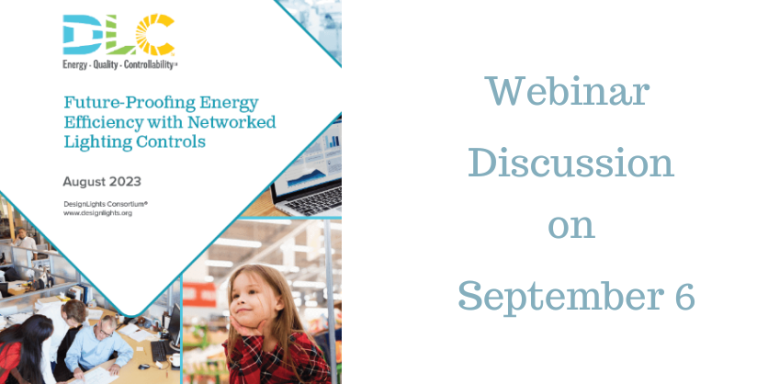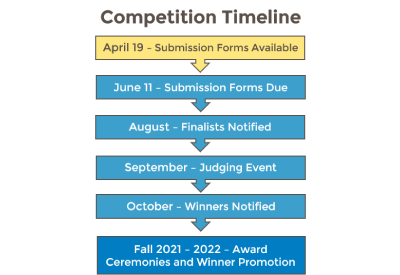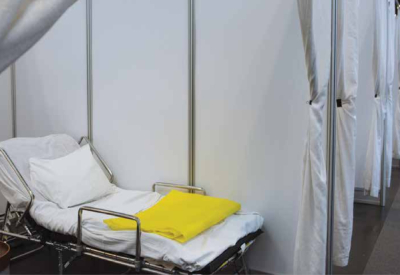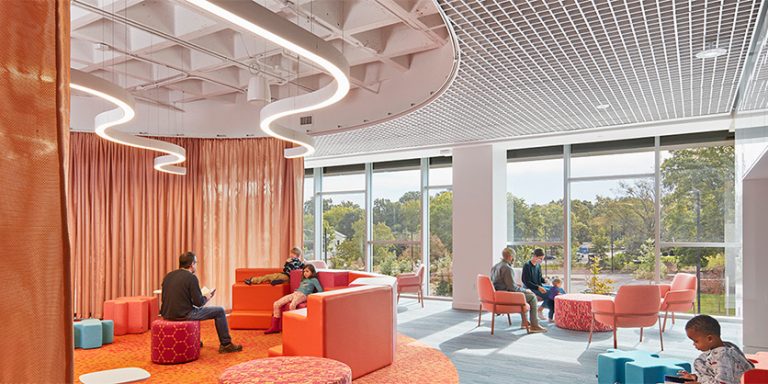EiKO Turns a “Standard” Into a Product for Easier Plug & Play

September 2, 2021
This summer EiKO is launching its Z10 product offering. I know, what is Z10 other than the sports cars some of us remember (’69 Z10 Camaro or a 2009 BMW Z10, but let’s go with an American muscle car!)?
So, since it seemed like a sports car “name” (since sports car naming seems to be in numbers), we reached out to Sarah Eastman, VP Marketing for EiKO, who shared that Z10 is an alliance of manufacturers who have developed standards to support an easier lighting controls process within fixtures (remember, I’m not a product maven).
What is the Z10 Alliance?
The Z10 Alliance, an affiliation of component, control, and luminaire manufacturers, along with distribution partners, coalesced to accelerate the adoption of advanced controls by leveraging available components and industry demand. The Z10 Interface ensures plug-and-play compatibility, future-proofing luminaires by providing a ready upgrade path and simplifying the installation requirements for various sensor and control modules.
The Z10 uses a standardized receptacle for adding low-voltage controls to 0-10V dimmable luminaires. It works with a variety of devices including light and occupancy sensors, networked controls such as EiKO’s Xi-Fi, and other third-party control devices as being compatible with Z10 (marked with the Z10 logo).
According to Sarah, “A full court press from EiKO and McWong to develop a controls standard simple, TE and Future were quickly recruited to support the effort. The result is EiKO is the first to market with a product to support the Z10 Standard.
EiKO is one of the inaugural members of the alliance and developed the program with program with McWong, EiKO, and TE. Both Future Electronics and Avnet Electronics and re current distributors of the components to support OEMs and fixture manufacturers will be bringing the receptacles to market in their lighting fixtures.
=======
What is the Z10 design and what does it mean for products and customers?
So, we went to the source and asked Owen VandeVelde, EiKO’s LED Product Manager, for additional insights about the new Z10 standard and the benefit to end-users / contractors:
Why was the industry design developed? What is the new Z10 design replacing?
The Z10 Alliance is a response to the need for a standardized method of installing controls devices on luminaires with 0-10V dimming control. Some standards exist for devices with DALI control (Zhaga D4i), but this has yet to be defined for 0-10V devices. Today there are a hodge-podge of proprietary interfaces (EiKO used one for example with one of our high bays) that vary based on who produces the fixture or controls device. This includes the use of the Zhaga Book 18 receptacles–intended for Zhaga D4i–in 0-10V control scenarios. While it is a standardized interface, there is no standardized implementation path assigned for this particular use. It is difficult to even reference the receptacle in this implementation, because Zhaga is committed to digital controls devices and there is little support for 0-10V controls. We found that this potentially introduces confusion in the marketplace for users who purchase controls after purchasing the fixtures, or from companies other than the fixture maker, because there is no way to differentiate a Zhaga D4i from a 0-10V device based on the receptacle alone when using the same Zhaga Book 18 device. Also, we discovered that there is no way to ensure that the implementation is the same from company to company. The Z10 Alliance is using a similar form-factor as Zhaga Book 18, but executed in a way that allows it to be clearly identified and prevents the wrong device from being utilized. By working to make Z10 a standard, it opens the market to fixture makers being able to readily integrate controls using the fixtures and LED drivers that are already available in the market today. At the same time, it allows controls manufacturers a way to develop products to the standard for installation on fixtures available from a wide range of manufacturers.
What customer input was solicited? How? What has been their feedback?
EiKO found great success using a proprietary solution on our BAY-E line of high bays, but struggled to find cost effective ways to integrate this solution across our portfolio. It required each partner to invest significant capital to tool up the receptacle for integrated into each fixture. Each implementation would potentially be required to go through safety testing from scratch. This was costly and inefficient. After spending nearly 18 months attempting to roll this concept out to a few partners it was decided to find something that would simplify the process for everyone. Without a doubt, a great deal of debt is owed to the development of the Zhaga Book 18 receptacle. The Zhaga Book 18 is compact, inexpensive, and widely used in markets around the world. Its success it what made us confident that a dedicated 0-10V solution would be similarly successful.
What are the benefits to distributors? To Contractors?
For distributors that stock Z10 Enabled fixtures it means they can stock a base fixture that offers an easy way of upselling controls at the point of sale or as a follow up sale. It also simplifies the stocking of devices, because devices that conform to the Z10 Standard should not require any significant modifications or complicated integration.
Contractors using Z10 Enabled fixtures will find that installation and service is simple and fast. The benefit for everybody is that they can implement or upgrade a solution at any point in time.
What are the 3 things distributors need to tell contractors to get them to use it as their new standard?
Z10 Enabled fixtures should not typically carry a high-cost burden and offer the promise to end users of upgrading to controls later.
Installation is simple and fast–no more than a few seconds.
It is an easy upsell to offer customers even basic levels of controls with the ability to sell upgraded controls later.
What is the biggest challenge to getting contractors to adopt the Z10 Standard? Are there any compatibility issues?
The biggest challenge is that the Standard is new, and familiarity is low. The Z10 Alliance is currently made up of several controls and fixture manufacturers, along with electrical component and distribution partners. Ideally, there will be no compatibility issues, but this is an emerging standard and while the Z10 Alliance feels that we’ve addressed most of the requirements early on, we recognize that changes may occur as new use case scenarios are identified.
Why EiKO’s version?
EiKO doesn’t view Z10 as “our” version, rather we consider ourselves an early adopter and a stakeholder in the Z10 Alliance with a mind to help define and promote the standard to the lighting industry. We see our execution of Z10 as a defining use case for how to implement Z10 across a portfolio, designed to simplify and accelerate the adoption of controls in the marketplace. At this time we offer this solution on a wider range of products than any other company, with more controls solutions (standalone sensors, multiple NLC systems), and we’re continuing to develop additional fixtures and controls devices as we move forward.
Is the product, and the various fixtures / sensors that Eiko has, currently available?
Yes, EiKO has multiple fixtures that ship Z10 Enabled and we are expanding our offering nearly every day. We offer controls solutions that range from simple photocells, to stand alone sensors, to Network Lighting Controls.
EiKO recently released four Z10-enabled fixtures for exterior and industrial applications. The Z10 receptacle interface enables a simple, fast method of adding controls to luminaires.
These new EiKO luminaires include a Z10 interface feature dim-to-OFF LED drivers with AUX 12-24VDC power supplies and have plug-and-play control functionality out of the box.
The thought of something “simpler” to make life easier for contractors sounds appealing!
David Gordon is President of Channel Marketing Group. Channel Marketing Group develops market share and growth strategies for manufacturers and distributors and develops market research. CMG’s specialty is the electrical industry. He also authors an electrical industry blog, www.electricaltrends.com. Channel Marketing Group does not engage with clients on detailed pricing strategies, however, given that pricing is a critical element of sales, marketing and growth planning, we do get asked about the topic and can share opinions and refer to those who focus on the area as well as share anecdotes. David Gordon can be reached at 919-488-8635 or dgordon@channelmkt.com.
Source









